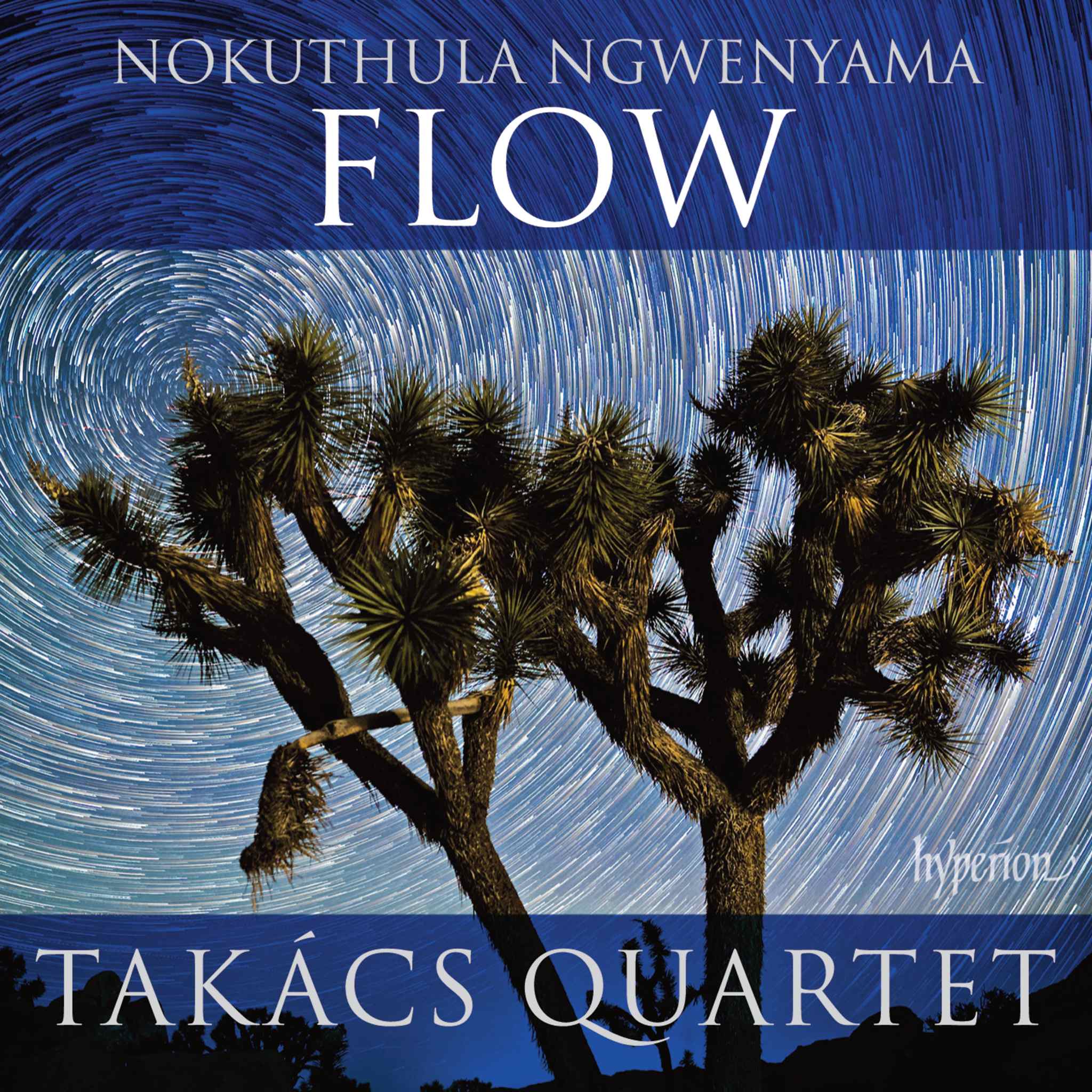Album insights
Nur wenige von Händels Werken entstanden in seiner ursprünglichen sächsischen Heimat. Zu Beginn seines Schaffens komponierte er in Halle geistliche Musik und schrieb eine Oper in Hamburg. Sein volles künstlerisches Potenzial entwickelte sich jedoch erst während seines Aufenthalts in Italien. Nachdem er als Kapellmeister in Hannover tätig gewesen war, begann er in London eine freiberufliche Karriere. Die Rückbesinnung auf die deutsche Sprache erfolgte später, inspiriert durch Brockes' Lyrik.
In Hamburg arbeitete Händel eng mit Brockes zusammen, dessen Gedichte er vertonte. Diese Texte zeigten die Güte Gottes in der Natur. Für Aufführungen in Hamburg setzte Händel die Arien vermutlich um. Die Beziehungen zu Mattheson und Telemann lassen Interpretationsspielraum. Das einzige erhaltene Manuskript der Arien befindet sich in der British Library. In der Musik dieser Stücke offenbart sich Händels besondere Mischung verschiedener Stilrichtungen.
Vermutlich war eine Aufführung mit einer Solovioline und einem Sopransänger geplant. Die Arien belegen Händels ausgeprägtes Empfinden für Natur und Religiosität – jede einzelne, wie etwa 'Süßer Blumen Ambraflocken', hat ihren eigenen Charakter. Für Händel spielte die authentische Instrumentierung in seinen Sonaten eine große Rolle. Eindeutig ihm zuzuordnen sind lediglich drei Oboensonaten, von denen zwei in London entstanden. Seine Leidenschaft für das Oboenspiel spiegelt sich darin klar wider.











